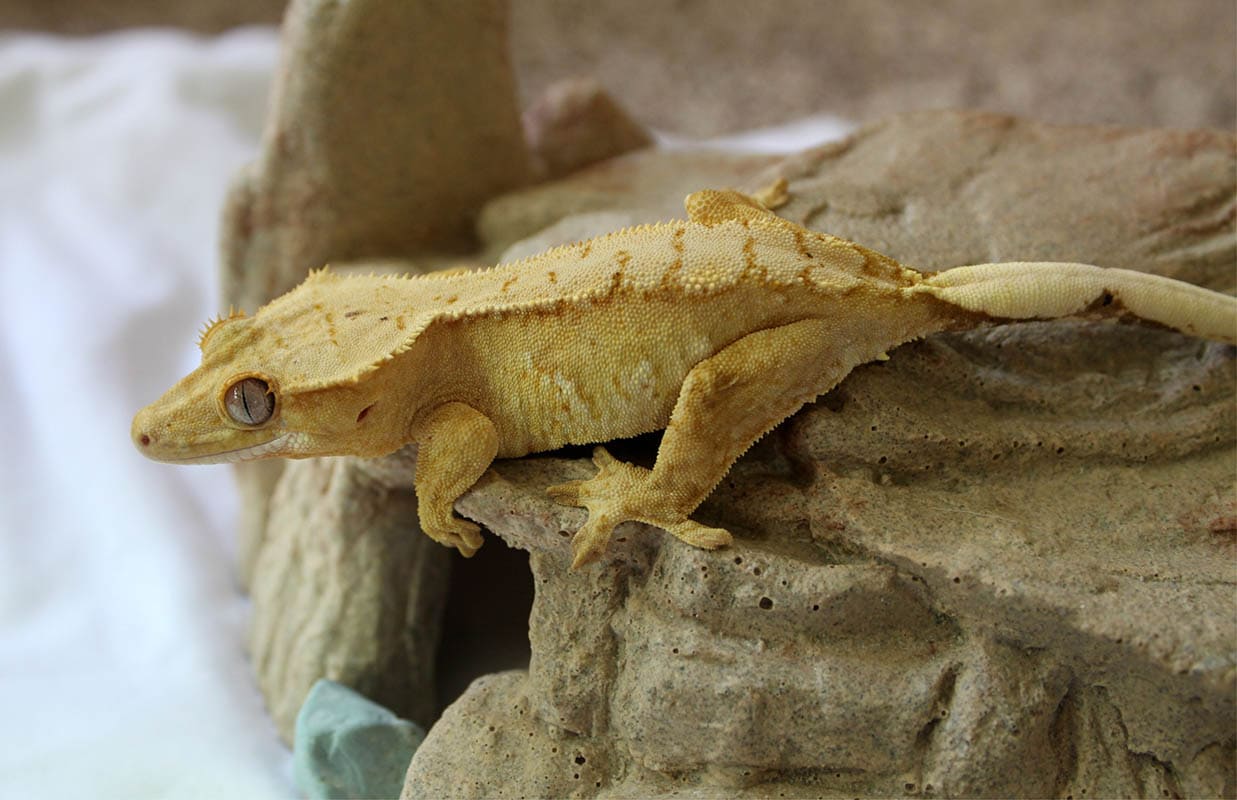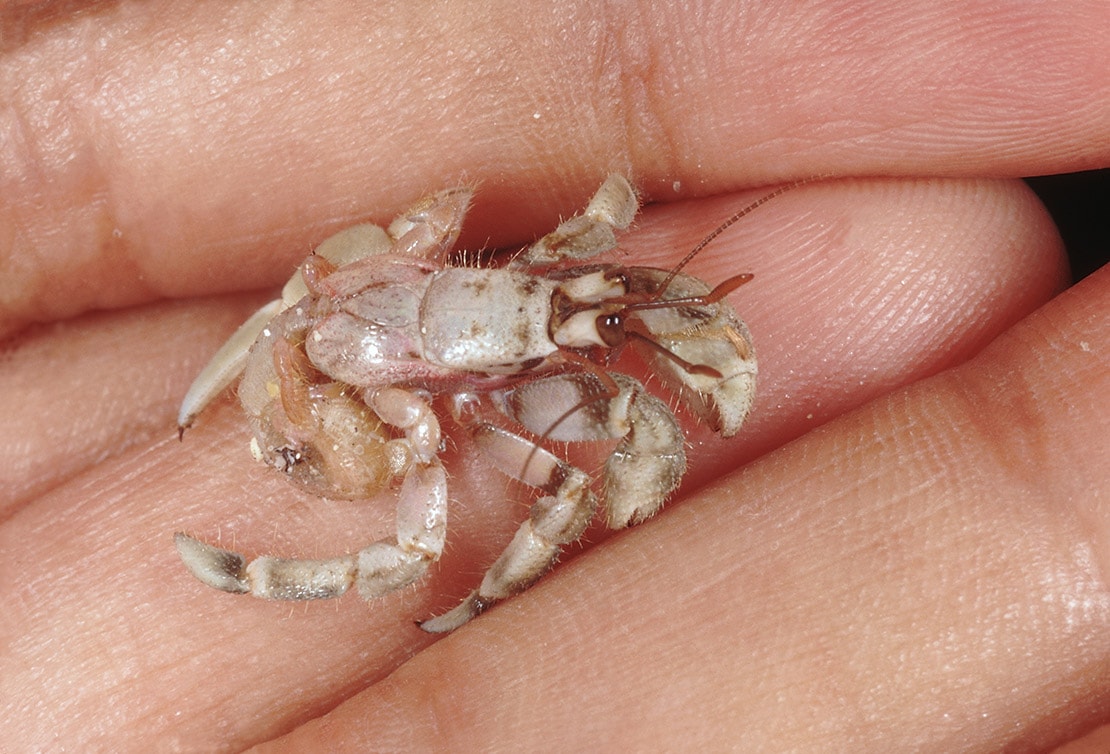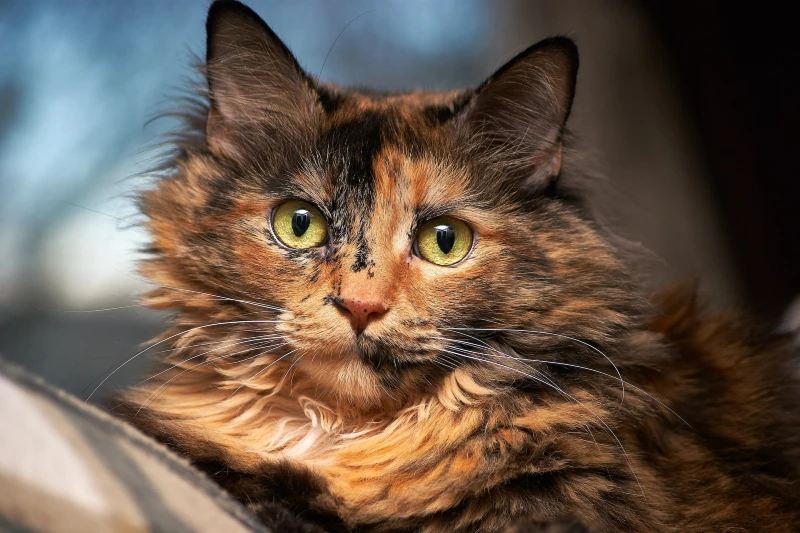VET APPROVED

The information is current and up-to-date in accordance with the latest veterinarian research.
Learn more »Click to Skip Ahead
Crested geckos are considered subtropical lizards, meaning they need a humid terrarium environment to survive. While they don’t need extremely high humidity levels, humidity still plays a crucial role in keeping these geckos healthy.
For crested geckos, the ideal humidity level is around 50 to 60%. This enables the geckos to stay hydrated and provides the necessary humidity for their skin to shed properly. When humidity levels fall below 45%, these reptiles can suffer from shedding problems and possibly dehydration, while humidity levels above 75% can potentially lead to respiratory issues.

Normal Crested Gecko Humidity Levels
As a general rule, crested geckos should be kept at between 40% and 60% humidity. These guidelines are specific to crested geckos. Lizards that are commonly mistaken for crested geckos, such as leopard geckos, do not appreciate such high humidity levels; however, they may require periodic exposure to high humidity when they are shedding.
Normal Humidity Levels for Crested Geckos in Winter
The ideal humidity level for crested geckos during the winter months is around 50%. During this time of year, reptiles are less active and require less moisture. If humidity levels drop below 45%, geckos may become possibly dehydrated and are at risk for health problems.
Normal Humidity Levels for Crested Geckos in Spring
As the weather warms up in spring, many owners notice their crested geckos becoming more active. Along with this increase in activity, you may notice that your gecko’s skin looks dry. The humidity level in your home often decreases as the temperature rises.
The ideal humidity for crested geckos at this time is 50–60%. If the humidity in your home is below this range, you can increase the terrarium humidity by misting it more often or using a humidifier.
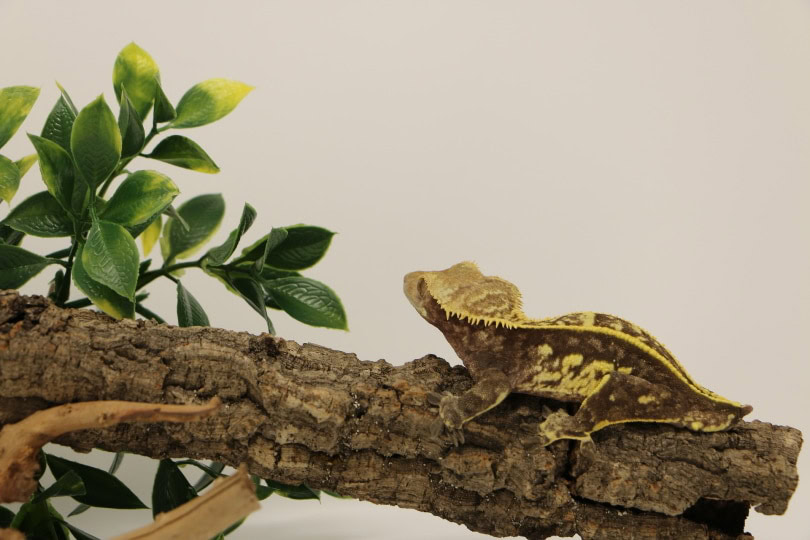
Normal Humidity Levels for Crested Geckos in Summer
The ideal humidity level for crested geckos during the summer months is between 50% and 60%. This range will enable your gecko to stay healthy and comfortable without risking health problems. If you live in an area that experiences high humidity during the summer months, you may need to take extra steps to lower the humidity levels in your home, such as by using a dehumidifier. You should still make sure to provide your gecko with plenty of water, so they stay hydrated.
Normal Humidity Levels for Crested Geckos in Fall
As temperatures cool down in fall, it’s important to ensure that your crested gecko’s habitat still has the right humidity level. If the air is too dry, your gecko will suffer. If it’s too humid, they will develop skin and respiratory problems. Maintain your crested gecko’s terrarium humidity level between 50% and 60%.
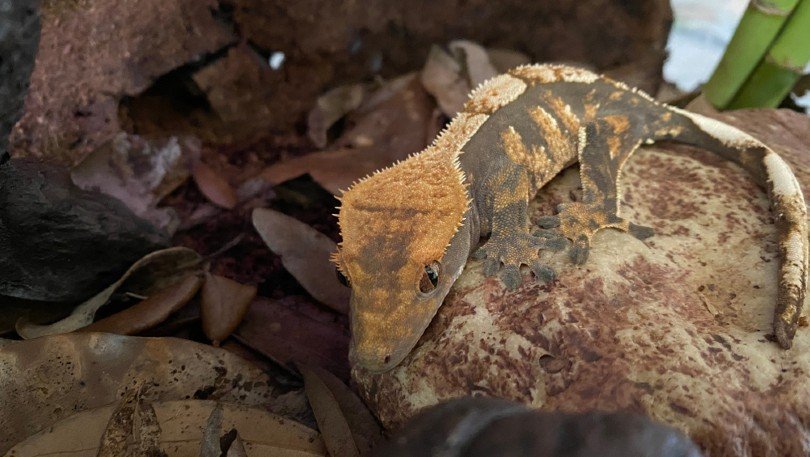

Why Are Humidity Levels Important for Crested Geckos?
Humidity levels are important for crested geckos because they help regulate the amount of water that these lizards lose through their skin. If the humidity level is too low, the crested gecko will lose too much water and become dehydrated. If the humidity level is too high, the crested gecko may suffer from respiratory problems.
How to Regulate Humidity Levels for Crested Geckos
The crested gecko is a type of lizard that originates from New Caledonia. They are a semi-arboreal species, meaning they spend part of their time in trees and bushes. crested geckos live in humid environments, with an average humidity level of 70% in the wild.
In captivity, they should live in a terrarium with a humidity level that is similar to their natural habitat.
- Spray the enclosure: This is the most common method of increasing humidity levels in reptile enclosures. It’s also a great way to provide extra drinking water. This method is especially effective if you pair manual spraying with absorbent bedding and decorations that can hold water for extended periods.
- Place the water bowl on the warm side of the enclosure: Using a water bowl under a heat lamp, in a basking spot, or on the warm side of your gecko enclosure is a sure way to ensure that there is a constant flow of water evaporating inside the tank. Please note that this is just a temporary solution, and the bowl shouldn’t be left there indefinitely.
- Add moving water sources to the terrarium: Moving water in the form of pools or waterfalls naturally increases humidity levels.
- Add absorbent bedding: Decorations and bedding made of absorbent materials like wood, soil, cork, and moss are ideal for retaining moisture inside your gecko’s tank.
- Install humidifiers or foggers; Fog generators or reptile humidifiers are a great way to increase humidity. The benefit of using this method is that you can turn off the devices if humidity levels rise too high, which is more difficult to do using other methods.
- Place plants near water sources: Plants placed near water sources will naturally alter the rate of evaporation. This will initially reduce the moisture content in the enclosure; however, the plants will eventually release moisture back into the enclosure through transpiration. Plants are a great way to naturally balance the humidity levels in a crested gecko’s enclosure.

Frequently Asked Questions (FAQs)
What is the ideal humidity level for Crested Geckos?
Crested geckos thrive in humidity levels between 50% and 60%. Humidity levels below 45% or above 75% will potentially lead to health problems.
How often should I mist my Crested Gecko?
If you are manually misting your crested gecko’s enclosure, a general guideline is that you should mist it twice daily for at least 30 seconds each time. This can be done by hand or using an automated misting system.
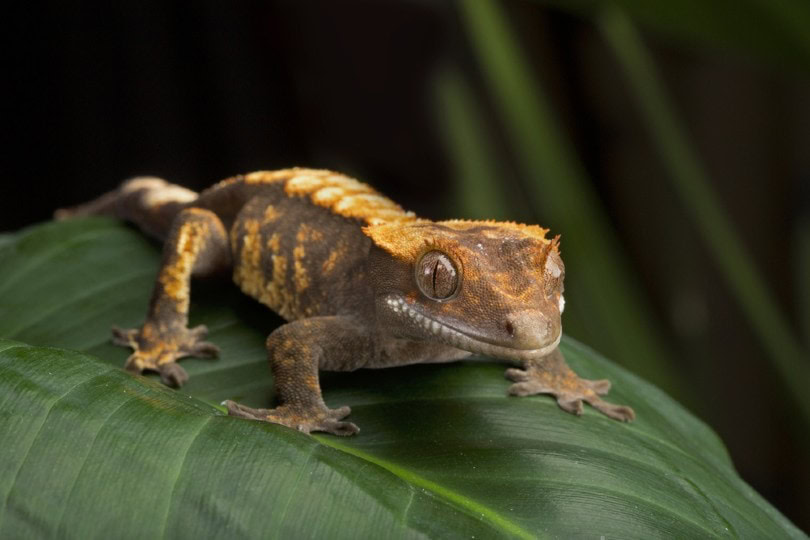
What is the ideal temperature range for Crested Geckos?
The ideal temperature range for crested geckos is between 24 to 28°C (75 to 82°F) for adult pet crested geckos; however, they have been shown to adapt and perform optimally at 32°C (89.6 °F), and this should be the temperature of their basking spot. At nighttime, their temperature should not drop lower than 20°C (68°F).
How do I measure humidity levels in my Gecko enclosure?
One major accessory that should be used when caring for crested geckos is a hygrometer. This device measures the humidity levels inside your vivarium..

Conclusion
It is best to keep the humidity levels for your crested gecko between 50% and 60%. Humidity levels that drop below 45% or above 75% can cause health problems for your pet. By carefully monitoring and maintaining your lizard’s humidity levels, you can prevent many issues from occurring.
- Thermoregulation and thermal performance of crested geckos (Correlophus ciliatus) suggest an extended optimality hypothesis for the evolution of thermoregulatory set‐points – Aparicio Ramirez – 2021 – Journal of Experimental Zoology Part A: Ecological and Integrative Physiology – Wiley Online Library
- RVC Exotics Service CRESTED GECKO CARE
- Management and Husbandry of Reptiles – Exotic and Laboratory Animals – Merck Veterinary Manual
Featured Image Credit: stickyclawgeckos, Shutterstock
